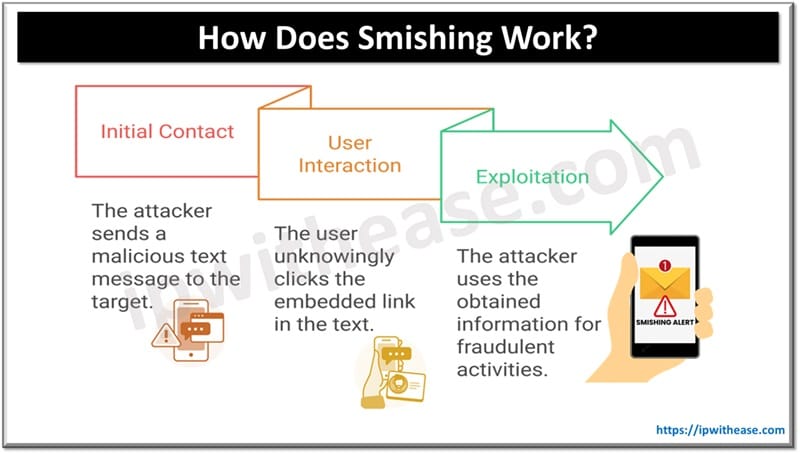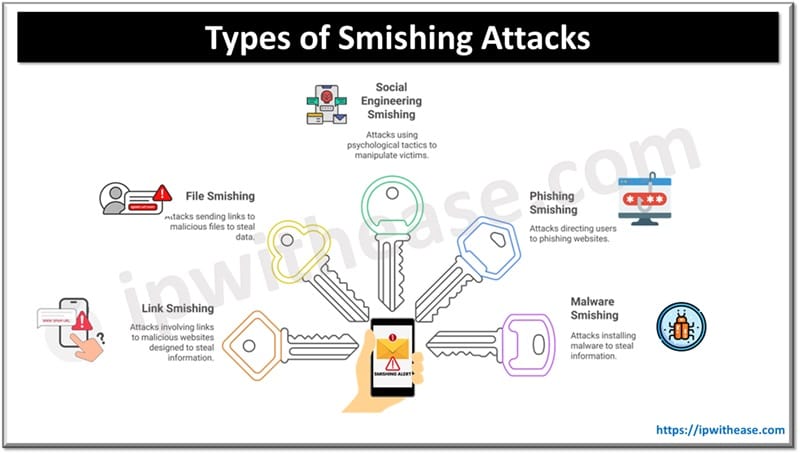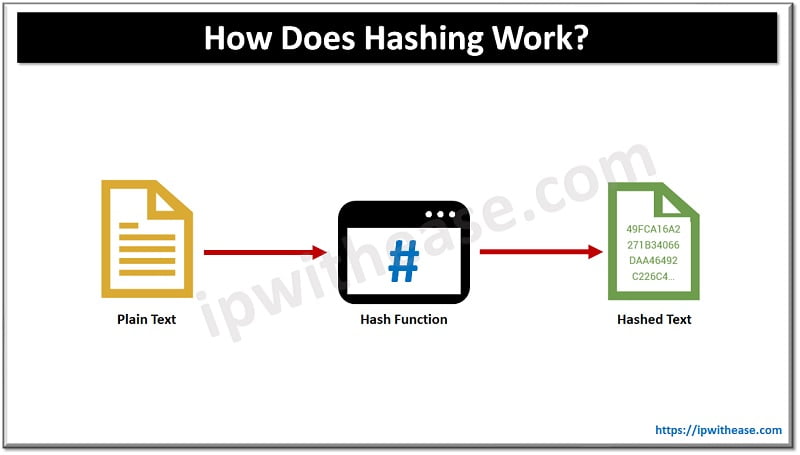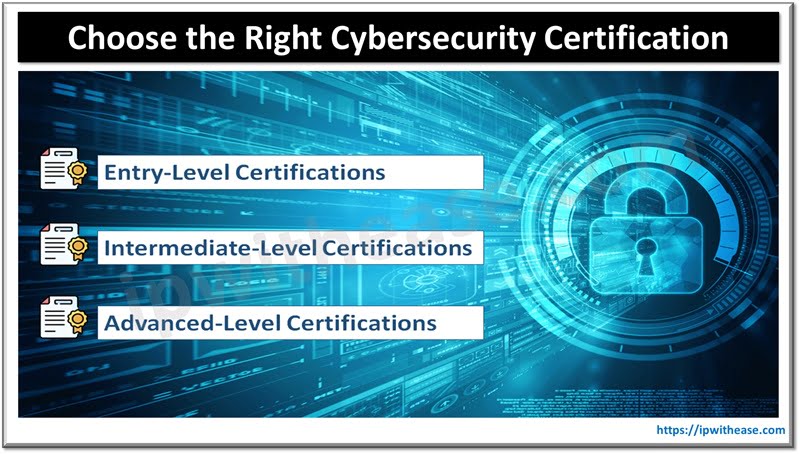Table of Contents
In this digital age, there are many new threats to our digital security. One of the most insidious forms of cyberattack is smishing.
In this blog article, we’ll explore what smishing is, how it works, the different types of smishing attacks, common smishing scams, how to prevent smishing attacks and the tools you can use to defend against smishing.
What is Smishing?
Smishing is a type of malicious attack that uses SMS (Short Message Service) text messages to try to steal your personal information or money. It’s a form of phishing, but instead of using email messages, it uses SMS text messages to deliver the malicious payload.
The messages usually appear to come from a legitimate source or person, such as your bank or a friend, and they often include a link to a malicious website or a malicious file to download.
Smishing is a form of social engineering, meaning attackers use psychological tactics to manipulate people into giving up sensitive information or money. It’s a sophisticated attack, and it’s becoming more and more common as people become more reliant on their mobile phones.

How Does Smishing Work?
Smishing works by sending a text message that appears to come from a legitimate source or person. The message will contain a link or a malicious file to download. When you click on the link, it will take you to a malicious website, or it will download a malicious file. A malicious website or file is designed to steal your personal information or money.
The attackers may also use social engineering tactics to try to convince you to give them your personal information or money. For example, they may say that your bank account needs to be verified or that you need to pay a fee to renew your subscription. They may also use scare tactics to make you think that you’ve been hacked, or that your account has been compromised.
Types of Smishing Attacks
There are many different types of smishing attacks. Here are some of the most common:
- Link Smishing: Link smishing attacks are one of the most common types of smishing attacks. They involve sending a text message with a link to a malicious website. The website looks legitimate, but it is designed to steal your personal information or money.
- File Smishing: File smishing attacks involve sending a text message with a link to a malicious file. The file is designed to steal your personal information or money.
- Social Engineering Smishing: Social engineering smishing attacks involve using psychological tactics to try to manipulate people into giving up their personal information or money. The attacker may use scare tactics, or they may try to make it look like they’re from a legitimate source.
- Phishing Smishing: Phishing smishing attacks involve sending a text message with a link to a phishing website. The website looks like a legitimate website, but it’s designed to steal your personal information or money.
- Malware Smishing: Malware smishing attacks involve sending a text message with a link to a malicious file. The file is designed to install malware on your device. Malware can be used to steal your personal information or money.

Common Smishing Scams
Smishing scams are becoming increasingly common. Here are some of the most common smishing scams:
- Fake Bank Alerts: Fake bank alerts are a common type of smishing scam. The attacker will send a text message that appears to come from your bank. The message will usually say that your account needs to be verified or that you need to pay a fee to renew your subscription. The message will contain a link to a malicious website or a malicious file to download.
- Fake Shopping Deals: Fake shopping deals are another common type of smishing scam. The attacker will send a text message with a link to a website that looks like a legitimate online store. The website is designed to steal your personal information or money.
- Fake Lottery Wins: Fake lottery wins are a type of smishing scam where the attacker will send a text message saying that you’ve won a lottery. The message will contain a link to a malicious website or a malicious file to download.
- Fake Tech Support: Fake tech support is a type of smishing scam where the attacker will send a text message saying that your device has been hacked or compromised. The message will contain a link to a malicious website or a malicious file to download.
- Fake Charity Donations: Fake charity donations are a type of smishing scam where the attacker will send a text message saying that you need to donate money to a charity. The message will contain a link to a malicious website or a malicious file to download.
How to Prevent Smishing Attacks?
There are a few steps you can take to protect yourself from smishing attacks. Here are some tips for preventing smishing attacks:
- Be Aware: The first step to protecting yourself from smishing attacks is to be aware of the threat. Make sure you know what smishing is and how it works. That way, you’ll be able to recognize smishing attacks and take steps to protect yourself.
- Verify Sources: If you receive a text message that appears to be from a legitimate source or person, make sure to verify the source before clicking on any links or downloading any files. Verify the source by calling the number or visiting the website directly.
- Don’t Respond to Requests for Personal Information: If you receive a text message that requests your personal information or money, don’t respond to it. Legitimate sources will never ask for your personal information or money via text message.
- Install Anti-Virus Software: Install anti-virus software on your devices to protect them from malicious files and websites. Make sure to keep the software updated to ensure the latest security measures are in place.
- Set Up Two-Factor Authentication: Set up two-factor authentication on all of your accounts. This will add an extra layer of security to your accounts, making it more difficult for attackers to gain access.
Tools for Defending Against Smishing
There are a few tools you can use to defend against smishing attacks. Here are some of the most popular tools:
- Firewall: A firewall is a security system that monitors and controls network traffic. It can be used to block smishing attacks by preventing malicious websites and files from being accessed.
- Anti-Virus Software: Anti-virus software is a type of security software that can detect and remove malicious files from your device. It can also be used to scan websites for malicious content.
- Two-Factor Authentication: Two-factor authentication is a security feature that requires an additional piece of information, such as a code sent to your device, to log in to an account. This can help protect you from smishing attacks by making it more difficult for attackers to gain access.
- Password Managers: Password managers can be used to store and manage passwords for online accounts. They can help protect you from smishing attacks by making it more difficult for attackers to guess your passwords.
- Web Filtering Software: Web filtering software is a type of security software that can be used to block malicious websites from being accessed. This can help protect you from smishing attacks by preventing malicious websites from being accessed.
Conclusion
Smishing is a serious threat to our digital security, and it’s becoming more and more common. It’s important to be aware of the threat and to take steps to protect yourself from smishing attacks. Make sure to verify sources before clicking on any links or downloading any files, and install anti-virus software and two-factor authentication on your devices. You can also use web filtering software and password managers to help protect yourself from smishing attacks. By following these steps, you can help protect yourself from smishing attacks and keep your information and money safe.
ABOUT THE AUTHOR

You can learn more about her on her linkedin profile – Rashmi Bhardwaj



